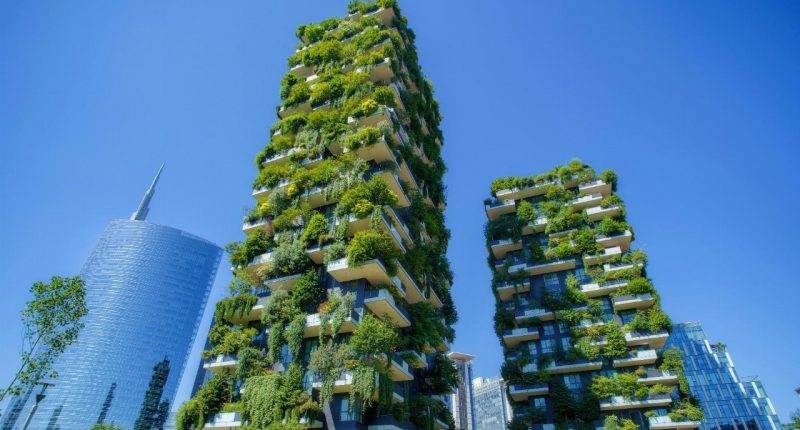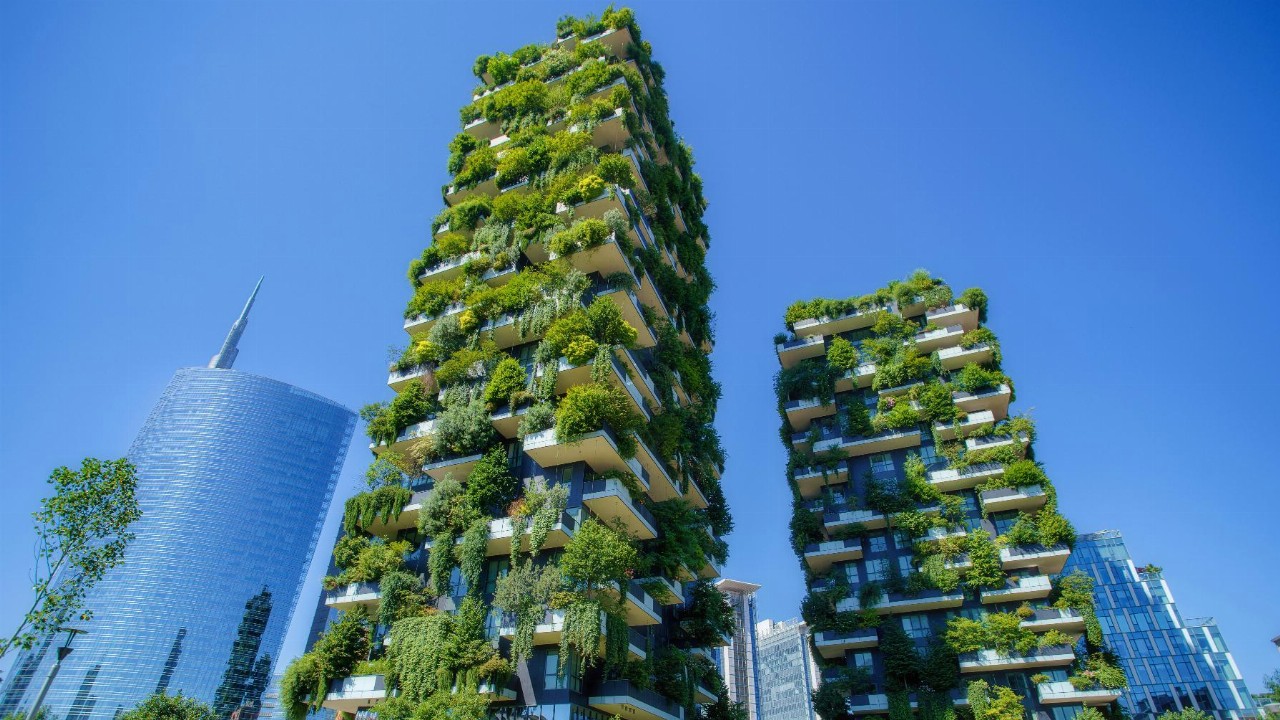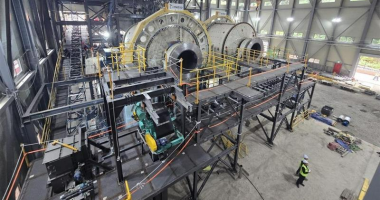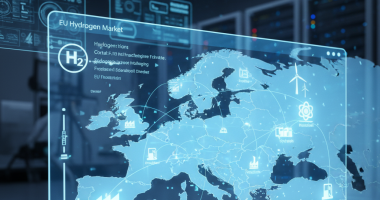- As the world grapples with the challenges of climate change, ClearVue Technologies (CPV) is providing sustainable solutions for the high-rise sector
- The company’s main product is an energy-efficient, clear glass window, which is designed to generate electricity and reduce energy consumption
- This could effectively turn skyscrapers into giant solar PV arrays, making high-rise infrastructure more sustainable and cost-effective
- The company has two OEM manufacturing partners in China, a licensed manufacturer in the U.S. and more on the way
- ClearVue could also apply its product to numerous other glass users, like automobiles, public transport, agriculture, and mobile electronic devices
As the world grapples with the challenges of climate change, ClearVue Technologies (CPV) is providing sustainable solutions for the high-rise sector.
It’s inevitable that cities around the world will continue to expand in density and size, causing an increase of the urban spread into previously rural areas. But in places where there is little room to build out, you eventually have to build up.
In 2017, 140 buildings measuring over 200 metres in height were completed around the world. The following year, the record was broken with 146 skyscrapers measuring over 200 metres being built.
The world is also seeing the construction of “supertall” skyscrapers, which stand at over 300 metres tall. According to the Council on Tall Buildings and Urban Habitat, a record 26 towers over 300 metres high were completed in 2019.
Currently, the world’s tallest building is the Burj Khalifa in Dubai, which stands at a whopping 828 metres tall with over 120,000 square metres of glazing. Its incomparable height, which earned the Burj Khalifa the classification of “megatall”, has kept the building at the top of the list since 2010.
But just how eco-friendly are these high-rise edifices? It takes massive amounts of energy and materials just to build supertall and megatall buildings in the first place, let alone the energy they use up once people are living and working inside them.
With much bigger energy consumption needs than smaller buildings, the skyscrapers that define city skylines around the world could pose some serious environmental and financial quandaries.
So how can we improve the sustainability and cost-effectiveness of our high-rise buildings? Some parts of the world are already trying to answer this question, by updating current regulations or introducing stricter guidelines around infrastructure.
Many countries within the European Union and European Commission are pushing for changes that would result in the continent becoming net-zero or climate-neutral by 2050.
Recently, the World Green Building Council announced an ambitious new project, called “Advancing Net Zero”. The global project is developing tools, programmes and resources to help make more buildings either net-zero energy or net-zero carbon.
Net-zero energy means producing as much renewable energy as is consumed each year, whereas net-zero carbon means producing net-zero carbon emissions on a yearly basis.
In this case, Advancing Net Zero’s aim is total sector decarbonisation by 2050.
One business already rising to the challenge of decarbonising the industry is ASX-listed glass technology company, ClearVue Technologies (CPV).
The company’s main product is an energy-efficient, clear glass window which is designed to generate electricity and reduce energy consumption. The patented technology allows visible light to pass through the pane, while the invisible wavelengths of light are deflected to the edges of the glass, where they are converted into electricity.
It almost sounds like something out of a fairytale or legend — like the philosopher’s stone transmuting base metals into gold. And yet, humans inspired by these tales have achieved comparable scientific feats through which light and heat from the sun is converted into solar energy.
By turning glass skyscrapers into gigantic solar PV arrays, ClearVue Technologies is continuing this grand tradition of modern-day alchemy and making high-rise infrastructure more sustainable and cost-effective.
Technology that is similar to ClearVue’s is already being used at Gensler’s megatall structure, Shanghai Tower. At 632 metres tall, the tower is the tallest building in China and second tallest in the world.
Shanghai Tower has numerous green architecture elements, making it one of the most eco-friendly super high-rise buildings on the globe. It is designed to collect rainwater for internal use, can recycle a portion of its wastewater, and has 270 vertical-axis wind turbines located on its exterior.
What makes the tower similar to ClearVue’s future clients is its transparent second skin, which consists of a double-layered insulating glass façade. The glass façade was designed to reduce the need for indoor air conditioning, thereby significantly decreasing the building’s carbon footprint.
Much like ClearVue, Shanghai Tower’s architects recognised that how we source and use our energy (especially energy used for heating and cooling) is a major factor in how we make our buildings more sustainable and cost-effective.
So, what sets ClearVue apart from other competitors in this growing field? What advantages does the company have, in a market where eco-friendliness and sustainability are the current buzzwords in nearly every sector?
Besides the fact that ClearVue can effectively turn a glass building into a towering solar PV array, there’s the matter of the company’s production capabilities. ClearVue has secured two OEM manufacturing partners based in China and a licensee in the U.S. who will manufacture ClearVue’s glass just for use with its own energy efficient building system. The company is also in discussions with a number of other licensees globally and is well placed to reach the global market with its world leading solar window solution.
There’s also the nearly endless list of potential applications that the company’s technology could have in other areas, besides high-rise construction. In addition to making the architectural world more sustainable and cost-effective, ClearVue could possibly apply its product to various other users of glass, like automobiles, public transport, agriculture and mobile electronic devices.
With such a world of possibilities at its feet, ClearVue stands like a skyscraper above the rest.








